Once in awhile you come across some extra ordinary young people. Like Tarim. He is like a copy in many ways to my Siberian partner, Johan Ivarsson, by which I mean somebody who is pretty much a top performer in whatever issue he deals with. A kind of a original human being who fits in everywhere and with great positiveness heads out into the world. I am honored indeed to introduce this young man here with this really interesting article on a little known topic, Yemen and its fauna. I hope that I in every way can assist this fellow with any great projects he might have in the future.
Yemen; Fauna On The Brink Of Extinction
By
Tarim C. Kennedy
The word “Yemen” evokes a vast array of mental images in the minds of those who hear it. There’s the odd anthropologist, who upon hearing its name floats off into fantasies of Yemen’s diverse ethnic make up or the average Yemeni’s unequivocal sense of hospitality. There’s the photographer, who automatically pictures the breathtaking scenery from the mountainous landscape, or the artist who visualizes the near-mystical alleyways of the old city of Sana’a. There’s the avid naturalist who, like myself, instantly falls into reveries of the vibrant blue Agamas perched on the walls of houses, the almost psychedelic looking Veiled Chameleon as it stealthily glides from branch to branch or the jaw dropping majesty of the Griffon Vulture as it soars merely meters from your face on the cliffs of Mahweet. Lastly, and also most unfortunately, there’s the average person, who, upon hearing that peculiar country’s name sneers at the thought of a hostile terrorist haven, void of all moral values. Sadly the latter has become the most prevalent, and as a result, much like the trajectories of its many magnificent animal species, the more optimistic perspectives of Yemen in the eyes of the world have slowly begun to fade away.
Home to Socotra or “the Galapagos of the Indian Ocean”, Yemen plays an important role in the region’s biodiversity. Home to 51 endemic and 22 endangered animal species, steps must be taken rather quickly to ensure that their presence in Yemen doesn’t become history. Although Yemen is unique in so many ways, the outer forces that are plaguing its animal species are similar to those affecting the fauna of any other country. The chief menace to Yemen’s pristine natural habitat lies in the social spectrum. The mixture of poverty, lack of education, lack of law enforcement and a rapidly growing population, large amounts of once untouched land are being developed and wild, and often-endangered, wildlife is being unscrupulously traded both domestically and internationally. With this encroachment into animal habitat, encounters between humans and animals become increasingly common, usually ending in a similar fashion: the animal losing its life. A few years ago I witnessed this very act in its crudest form. While searching for Yemeni Veiled Chameleons, a regional endemic and a popular item on the international pet trade, I was invited by the sheikh of a village to search his Qat fields for chameleons, his reason being “these chameleons break all my Qat, they can change colors you know? They are evil spirits!” Upon my trying to explain that the chameleons did not break his Qat but rather benefitted it by eating the insects that did break it, the sheikh readily accepted my opinion and told all the children of the village to stop killing chameleons. After witnessing how quickly and compliantly the sheikh changed his mind from evil spirits to welcomed, all natural pesticides, I was struck with idea of why these horrible practices are still taking place if it so easy to combat them?
Yet like most everything else in the field of science its simply more complicated than that. Firstly, and mainly for political reasons, Yemen is not the prime destination for animal rights activists. Secondly, it’s not always the case that animal and human interactions are symbiotic like that of the chameleon and the Qat farmer. An example would lie in the Arabian Leopard. Only recently, hard working individuals on behalf of the Foundation for the Protection of the Arabian Leopard in Yemen established and documented live Arabian Leopards on Yemeni territory. Being more susceptible to extinction in the wild than the Bengal Tiger, this was a big step. Arabian Leopards are an example of species that do not cooperate too well with farmers and angry villagers. As infrastructural development reduces the number of the leopard’s natural prey, such as ibex and rock hyrax, the leopard looks to the easier and more readily available alternative; domestic livestock. In response, when the chance arises leopards are killed without qualms.
As anyone who has been to Suq Nuqom in Sana’a knows, Yemen’s exotic animal trade flourishes with the lack of law enforcement. An average trip to Suq Nuqom, or one of the many exotic animal suqs around Yemen, can reveal such animal species as baby striped hyenas kept in cardboard boxes, Barbary Falcons with feet eaten away by cellular necrosis due to tight leg braces, new born Hamadryas Baboons chained around the neck being sold for roughly $30 and on rare occasions foreign species such as cheetahs or lions brought over the Red Sea for sale to the many wealthy “animal lovers” in Yemen and the rest of the Arabian Peninsula. In 1997 Yemen became part of the Convention on International Trade in Endangered Species, Yemen has a government funded Environmental Protection Authority and yet nothing is done to halt the unethical imprisonment of endemic and potentially endangered animal species. In fact, the government run national zoo is just as bad. Emaciated lions greet you upon entry, followed by hyenas kept in cages barely large enough to walk in, native snakes dying of cold because of the lack of electricity to artificially heat their enclosures and a large and well built aviary dedicated solely to pigeons simply because the resident veterinarian has a personal love for pigeons while the globally endangered Egyptian Vulture is kept in an enclosure long three times its wing span. After my three years of volunteer work at the Sana’a Zoo I gathered some interesting observation on how such institutions work in Yemen. One of these observations presented me with a great irony; overall, Yemenis love the zoo! On an average month in 2009, the zoo would make around two million Yemeni Riyals (approximately $4690) in ticket sales, each ticket being only fifty Riyals. Approximately 20,000 visitors flood the relatively small zoo every month, which got me to thinking once again, how is it that none of them are doing anything about the animals? This, in turn, led me to my next observation: most of the zoo’s visitors love the zoo in the wrong way. They love the fact that for about $1 a “keeper” will go into the lion cage and beat the lions with a stick just so they move, they love that they can give balls, popcorn, or most anything else to the baboons and see what they will do with it, they don’t love the zoo for the beauty of its animals.
I went back home that day, sat down and thought to myself: what can I do to help the animals of this country? Eventually, the thinking led me to a number of different ideas. I could try and get some funding from NGOs, embassies and corporations to improve the general standards of the zoo, I could inform international organizations focused on animal rights about the immoral conditions of animal trade in Yemen or I could dedicate time and resources to one of the few organizations that already do focus on the issue. The list within my head went on. And that’s the beauty of it; it is really easier than one thinks to help such a cause. Behind the political turmoil, poverty and the futile government bureaucracy lies a population of people that when guided properly could accomplish the incredible. Like the humble sheikh that quickly changed his mind about the chameleon imposters, so can the general population of Yemen towards the animals it encounters and the general population of the world towards the country of Yemen. Like the spotty coat of the regal Arabian Leopard, the future of Yemen’s fauna will pass through periods of both dark and light. Yet measures can be and must be taken to ensure that the ancestors of the neonate Caracal kept in a birdcage in Suq Nuqom, will continue to enjoy their innate freedom.
Tarim C. Kennedy is an American-Italian that has grown up in Yemen. Living in such a diverse country, at a young age he developed a passion for the vast array of animals found in it. His email is tarimck@hotmail.com
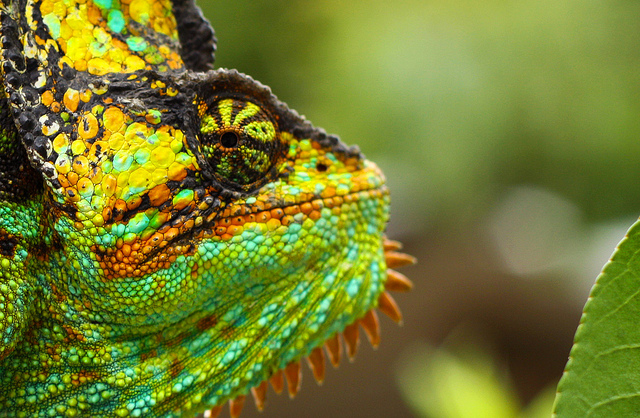
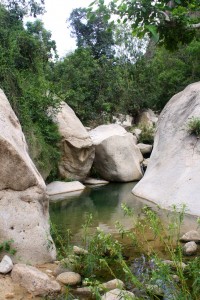

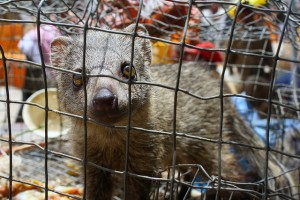
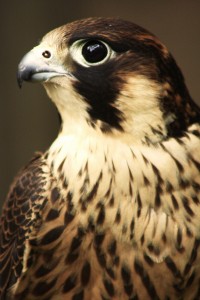

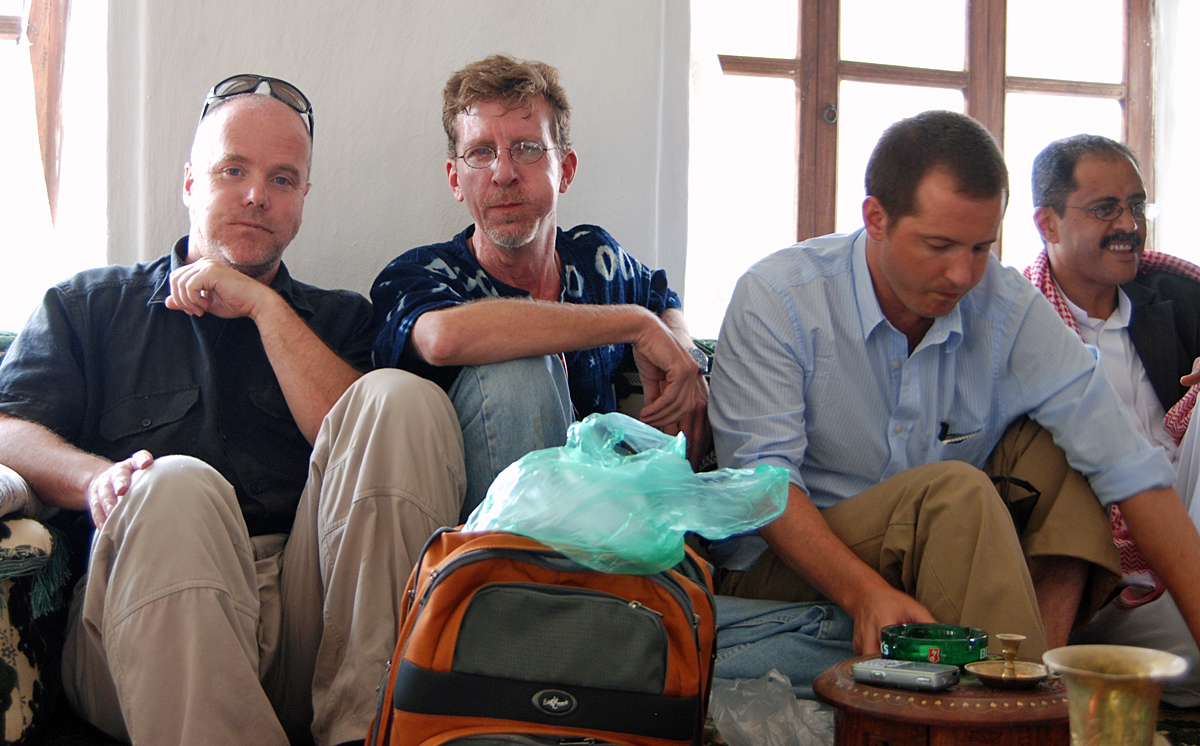
This is one informative, compassionate and well-writen article. The author knows his reptiles and fauna but also has incidental word-power. Largely self-educated–like looking for snakes in some abandoned wadi, riding a motorcycle back fromSuq Nuqom with a peregrine falcon in his shirt, or his uncle brushing against baby lions in the Sana’a Zoo, or hearing of Khalid’s first flight on a plane–Yemen has a wonderful future if this observer is let loose. Wish this guy lived closer…he’s a powerful source for clear and high analysis–like the height of falcons he’s raised. APK
Tarim — A wonderful article. So proud of your knowledge & composition skills. Yemen is missed–largely through your eyes and zoology-calling.
hid yabi hid